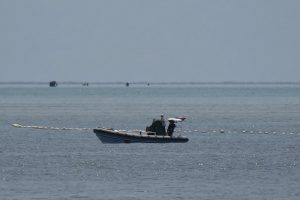With tensions flaring
along the India–China border once again, the Indian Army on Thursday conducted
aggressive battle drills in the Eastern sector of Arunachal Pradesh, according
to news agency ANI. Videos of Indian Army’s squad destroying enemy tanks as
part of a battle drill surfaced online. The area where the drills were
conducted was the Tawang sector near the Line of Actual Control (LAC) where a
brief standoff was reported between the Indian and Chinese armies earlier this
week.
Lieutenant General
Manoj Pandey, the India’s Eastern Army Commander, said earlier this week that Chinese
activities have increased along the LAC, albeit marginally, and the Indian Army
are keeping strict vigilance in the area.
Also read: India achieves 1 billion COVID vaccination mark: 10 states with highest vaccine coverage
The rise in
Chinese activity along the LAC is happening at a time when the Chinese People’s
Liberation Army (PLA) is carrying out an annual training exercise in some of
the “depth” areas, according to the Indian Lieutenant General.
“We have enhanced
our surveillance both in LAC and depth areas,” said Lieutenant General Pandey.
Meanwhile, the
Indian establishment has deployed L70 anti-aircraft guns in the mountainous terrain
along the LAC in Arunachal Pradesh, a geo-political hotspot, in addition to its
M-777 howitzers and the Bofors guns. The boosting of India’s defense strength
along the LAC is taking place in the face of aggressive Chinese posturing following
an earlier standoff in eastern Ladakh, ANI quoted Indian defense officials as
saying.
Also read: Rights activists urge boycott of Beijing Winter Olympics
Tensions along the
eastern Ladakh border have been flaring for a year. Last year, a deadly clash
took place between the Indian and Chinese forces in the Galwan Valley. Since
then, both sides have been engaged in military and diplomatic level talks
discussing disengagement. The last round of talks between Indian and Chinese
militaries occurred on October 10. However, even the talks ended on a stalemate
and the border impasse remains to be broken.






